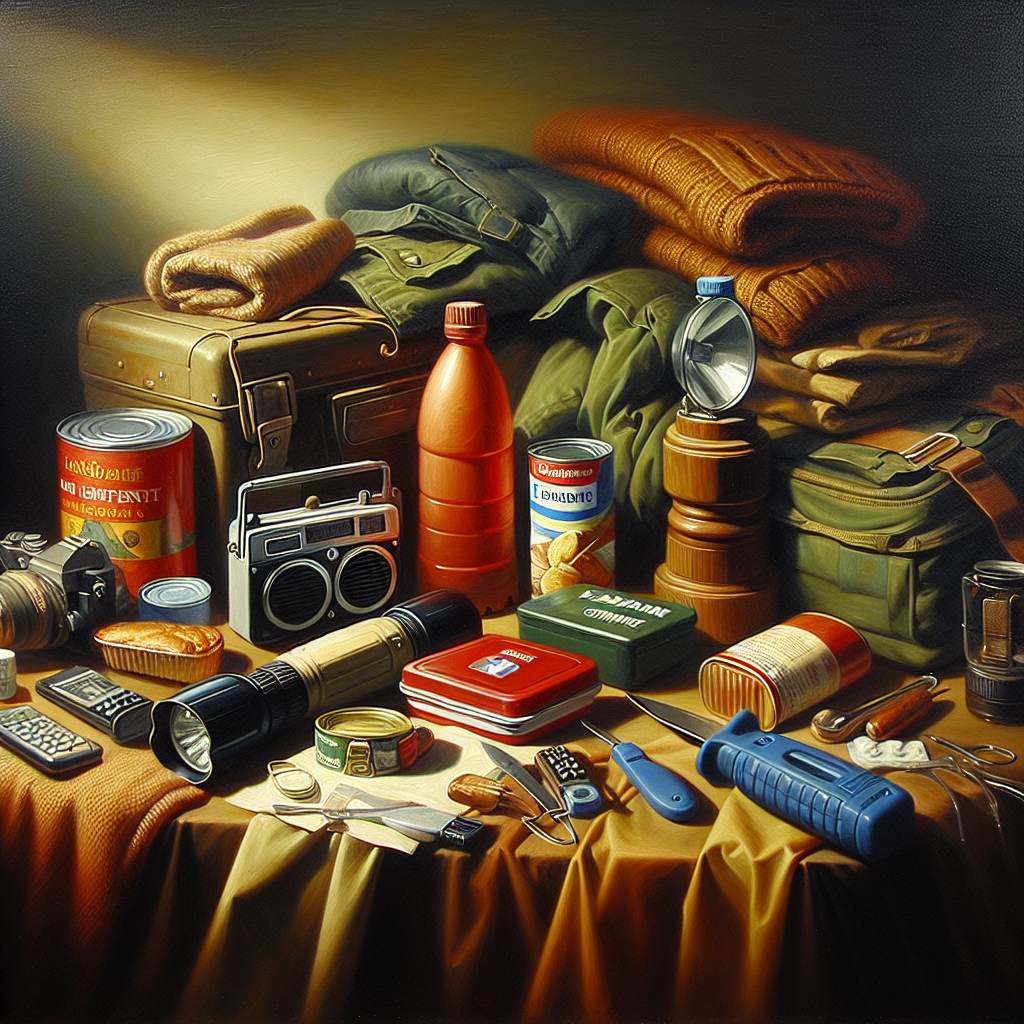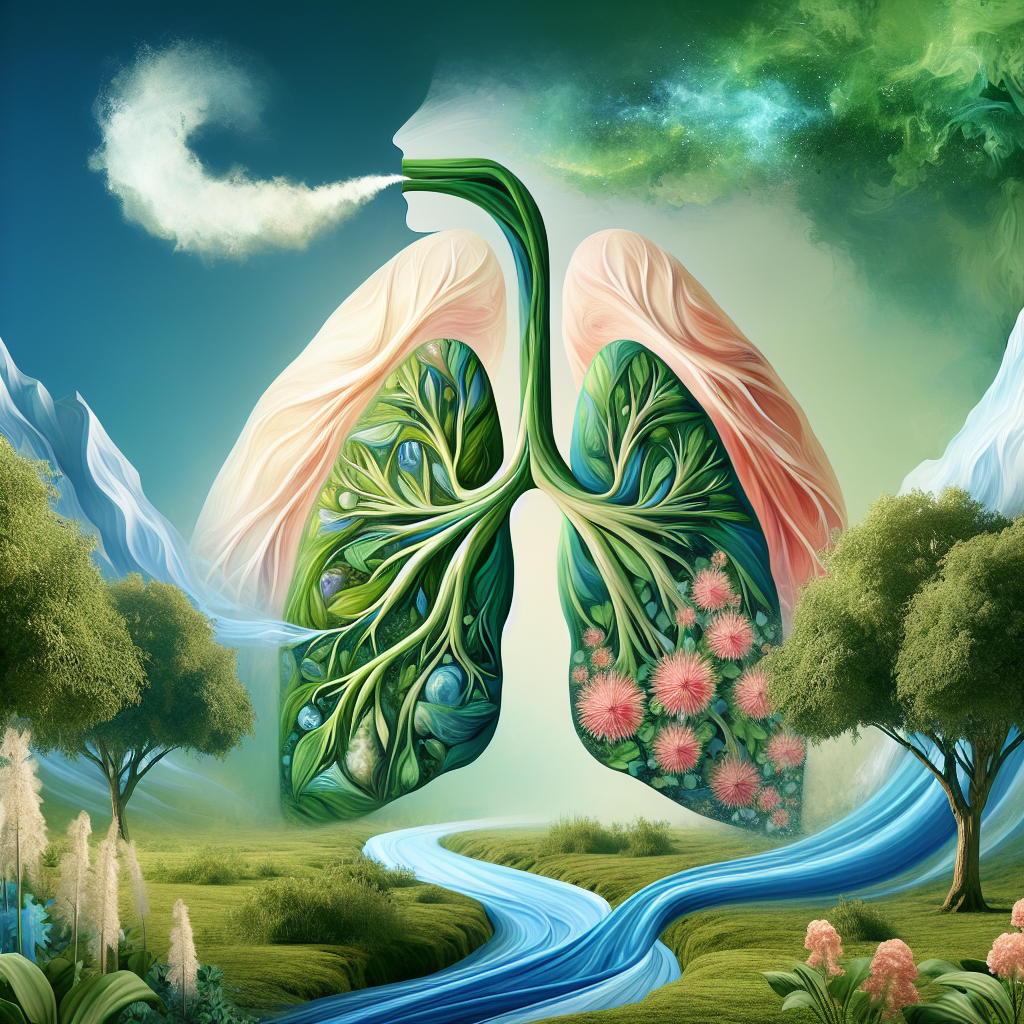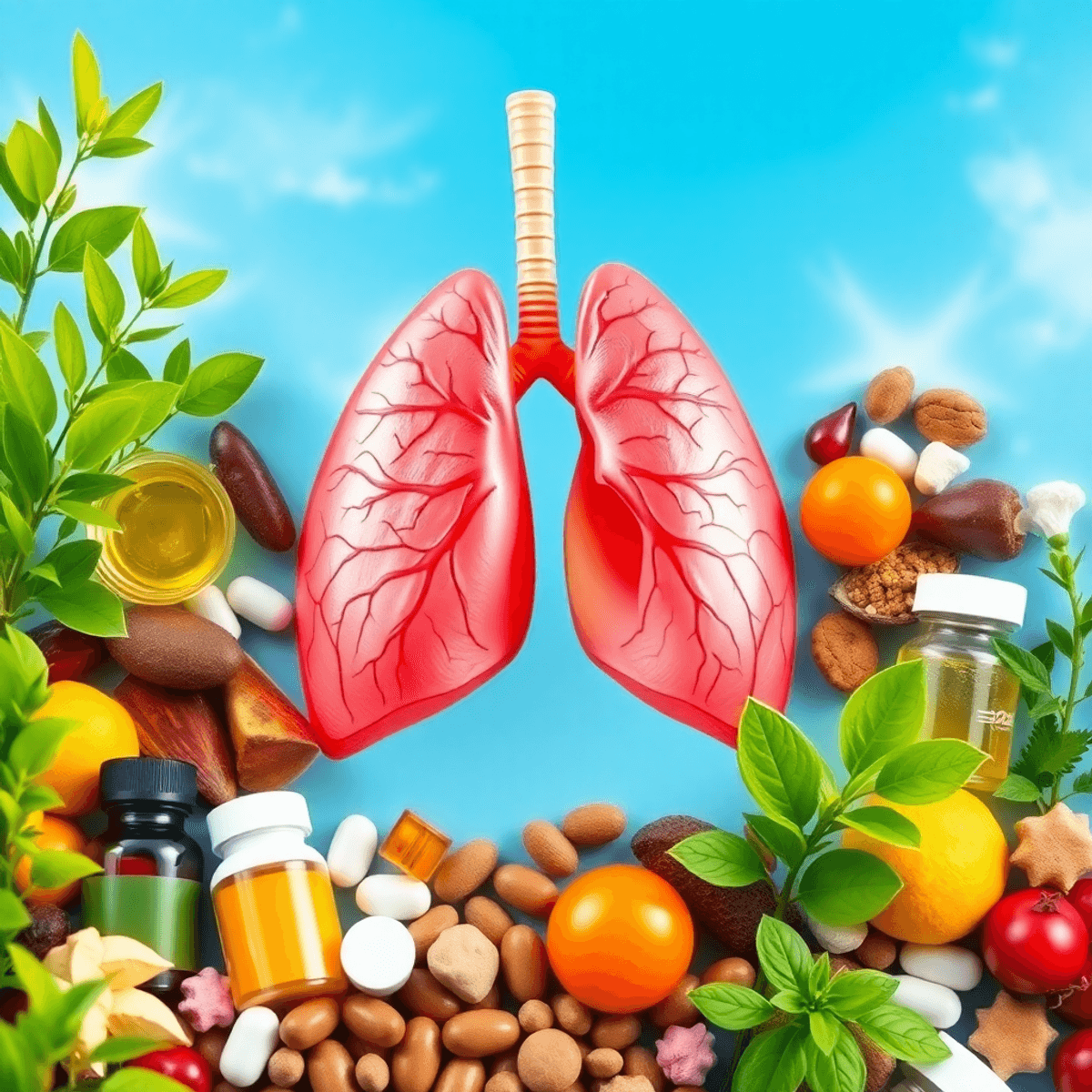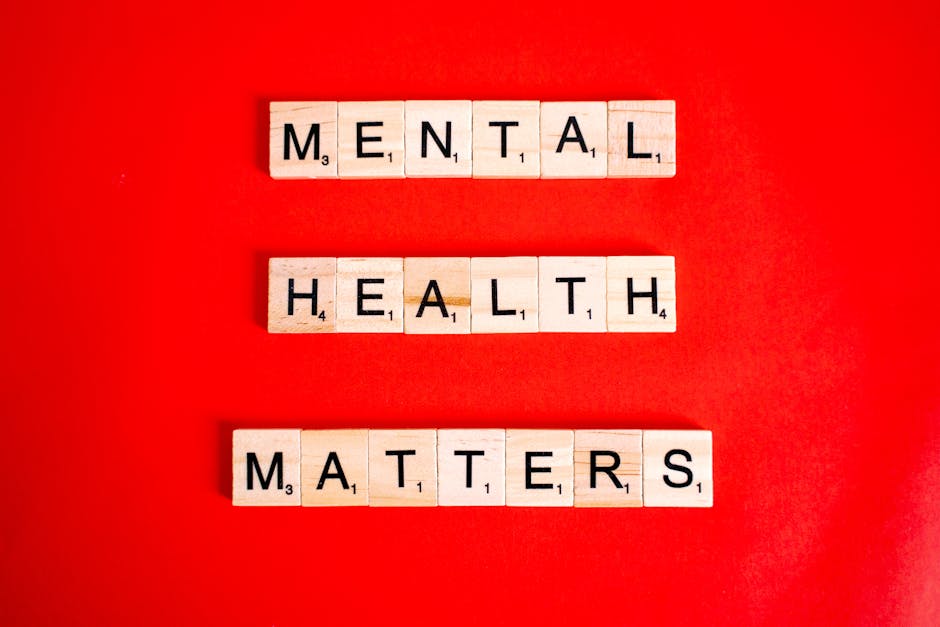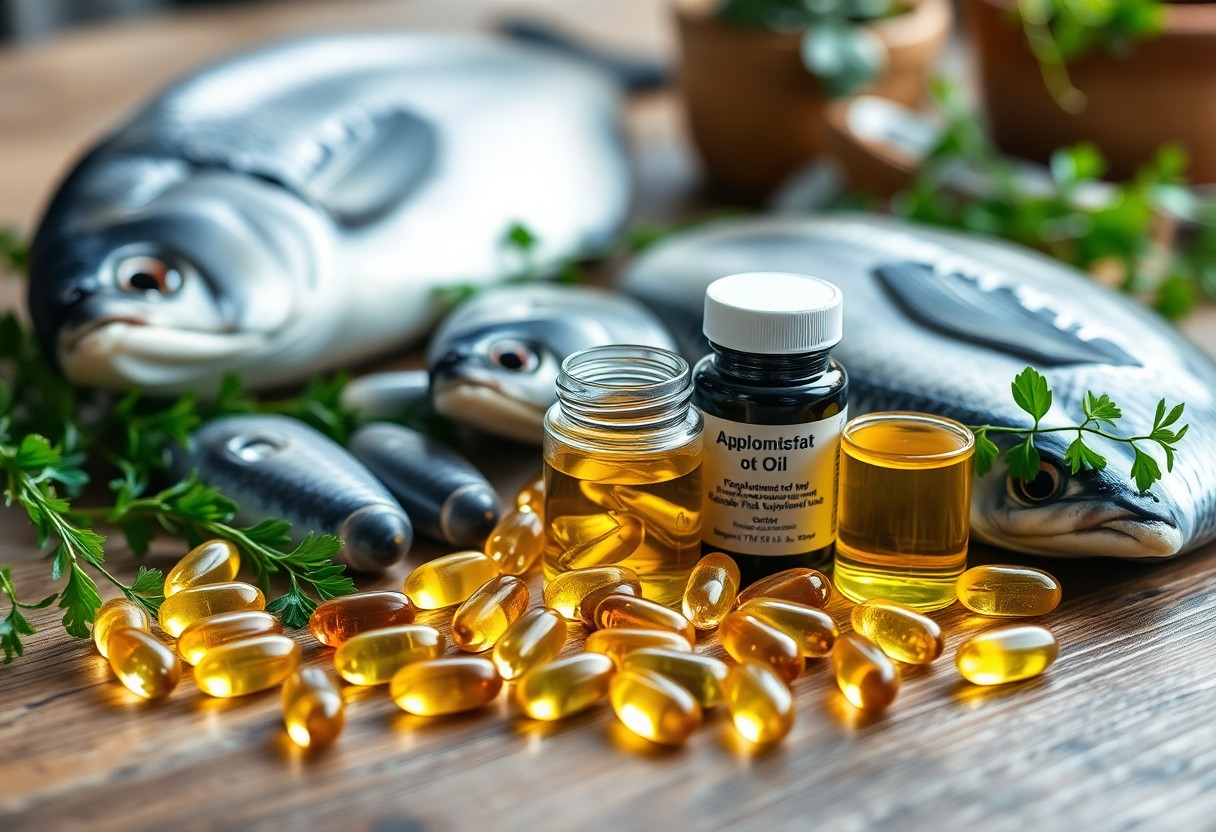Introduction
Natural disasters and emergencies can strike at any moment, leaving destruction and chaos in their wake. While it’s impossible to predict when disaster will strike, being prepared can make all the difference in keeping you and your loved ones safe. From hurricane-force winds to devastating wildfires, it’s crucial to have the right gear on hand to face any emergency situation. In this blog, we’ll explore the essential gear you need to prepare for emergencies, according to disaster relief experts.
The Importance of Preparation
When it comes to emergency preparedness, it’s not just a matter of having the right gear – it’s also about having a plan in place. Knowing what to do in the event of an emergency can save valuable time and reduce stress.
Why Communication is Crucial
In the aftermath of a disaster, communication is critical. Without a reliable means of communication, you may be left stranded and disconnected from loved ones, emergency services, and vital information.
I. Communication is Key
In the aftermath of a disaster, communication is critical. Without a reliable means of communication, you may be left stranded and disconnected from loved ones, emergency services, and vital information.
- A Cell Phone with a Long-Lasting Battery: Invest in a cell phone with a battery that can last for days, or even weeks, without needing to be recharged. Look for phones with a high-capacity battery or consider purchasing a portable power bank to keep your devices charged.
- A Two-Way Radio: A two-way radio can help you stay in touch with family members, neighbors, and emergency responders when cell phone signals are down. Choose a model that is waterproof and has a long-range frequency.
Alternative Communication Methods
In addition to a cell phone and two-way radio, there are other communication methods you should consider.
- Whistle or Other Signaling Device: In the event you become trapped, a whistle or other signaling device can help you alert others to your location.
- Emergency Beacon: An emergency beacon, such as a personal locator beacon (PLB) or emergency position-indicating radio beacon (EPIRB), can send a distress signal to emergency responders in the event of an emergency.
II. Lighting the Way
When the power goes out, a reliable light source becomes a lifeline.
- Flashlights with Extra Batteries: Keep a stash of flashlights and extra batteries in an easy-to-access location. Consider purchasing flashlights with additional features, such as a red light mode to preserve night vision or a USB charging port.
- Solar-Powered Lights: Solar-powered lights can provide a reliable source of light when traditional power sources fail. Look for models with a high-capacity battery and adjustable brightness settings.
- Candles and Matches: While flashlights and solar-powered lights are essential, it’s also a good idea to have a backup plan. Candles and matches can provide a reliable source of light in the event your primary light sources fail.
III. Staying Hydrated and Fed
Having access to clean water and non-perishable food can be the difference between life and death in an emergency situation.
- Water Storage Containers: Store at least one gallon of water per person per day for at least three days. Consider purchasing water storage containers that are BPA-free and designed for emergency storage.
- Non-Perishable Food: Stock up on non-perishable food items like canned goods, energy bars, and MREs (Meals Ready to Eat). Don’t forget to include a manual can opener and utensils.
- Water Purification Tablets or Filter: Invest in a water purification system, such as tablets or a filter, to ensure access to clean drinking water. Look for a model that is easy to use and can remove a variety of contaminants.
Food Preparation and Safety
In addition to having a supply of non-perishable food, it’s also important to have a plan for food preparation and safety.
- Portable Stove or Camping Cookware: A portable stove or camping cookware can allow you to prepare hot meals, even in the absence of electricity.
- Food Safety Guidelines: Keep a copy of food safety guidelines on hand to ensure you’re handling and storing food safely. This is especially important in an emergency situation where foodborne illness can be deadly.
IV. Staying Safe and Warm
In the aftermath of a disaster, the elements can be unforgiving. Having the right gear can help you stay safe and warm.
- First Aid Kit: A well-stocked first aid kit can help you treat minor injuries and prevent infection. Consider purchasing a first aid kit that is specifically designed for emergency situations.
- Blankets and Sleeping Bags: Keep warm blankets and sleeping bags on hand to stay warm in cold weather. Look for models that are warm, lightweight, and compact.
- Personal Protective Gear: Invest in personal protective gear like goggles, masks, and gloves to protect yourself from debris and hazardous materials. Don’t forget to include a pair of sturdy work gloves and a warm hat.
Shelter and Protection
In addition to staying safe and warm, it’s also important to have a plan for shelter and protection.
- Tent or Tarp: A tent or tarp can provide a reliable source of shelter in the event you’re forced to evacuate. Look for a model that is waterproof and easy to set up.
- Fire Starting Kit: A fire starting kit can help you start a fire, even in damp or wet conditions. This can be a lifesaver in an emergency situation.
V. Important Documents and Tools
Having essential documents and tools can help you navigate the aftermath of a disaster.
- Copies of Important Documents: Keep copies of important documents like insurance policies, identification, and birth certificates in a waterproof container. Consider scanning these documents and saving them electronically as well.
- Multi-Tool or Pocket Knife: A multi-tool or pocket knife can come in handy for a variety of tasks, from cutting branches to opening cans.
- Local Maps: Keep a stash of local maps to help you navigate your area if GPS is unavailable. Don’t forget to include a compass and a paper copy of your emergency plan.
VI. Staying Informed
Staying informed is critical in an emergency situation.
- Radio or NOAA Weather Radio: A radio or NOAA weather radio can keep you informed about the latest news and weather updates.
- Whistle or Other Signaling Device: In the event you become trapped, a whistle or other signaling device can help you alert others to your location.
VII. Special Considerations
Certain individuals, such as the elderly, young children, and pets, may require special considerations in an emergency situation.
- Medications and Essential Items: If you or a family member takes prescription medication, be sure to include a supply in your emergency kit. Don’t forget to include essential items like diapers, formula, and pet food.
- Personal Care Items: Include personal care items like toilet paper, hand sanitizer, and feminine hygiene products in your emergency kit.
Preparing for emergencies requires careful planning and attention to detail. By investing in the right gear and supplies, you can increase your chances of staying safe and healthy in the aftermath of a disaster. Remember, it’s always better to be prepared and have the gear you need to face any emergency situation.

